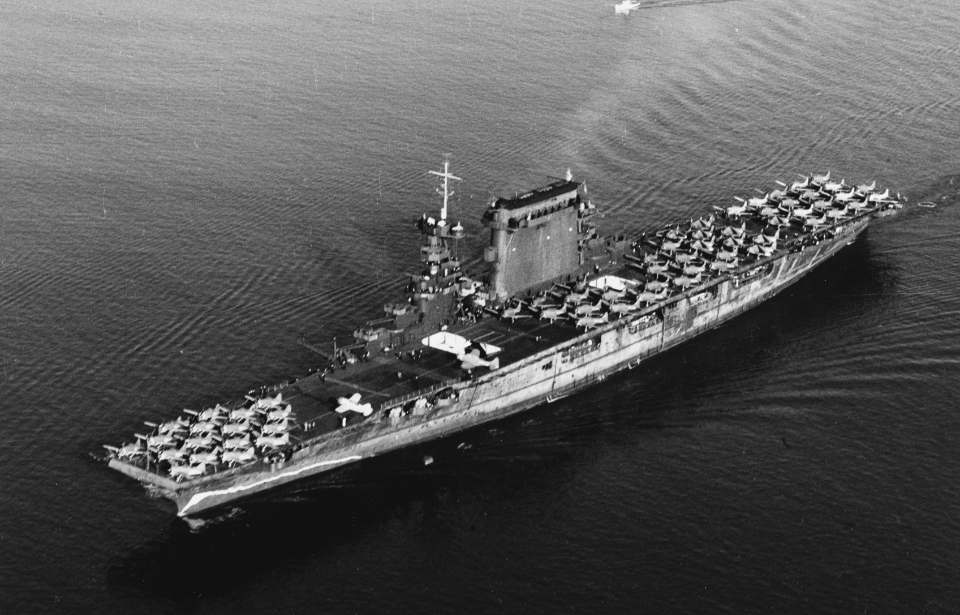USS Lexington (CV-2)
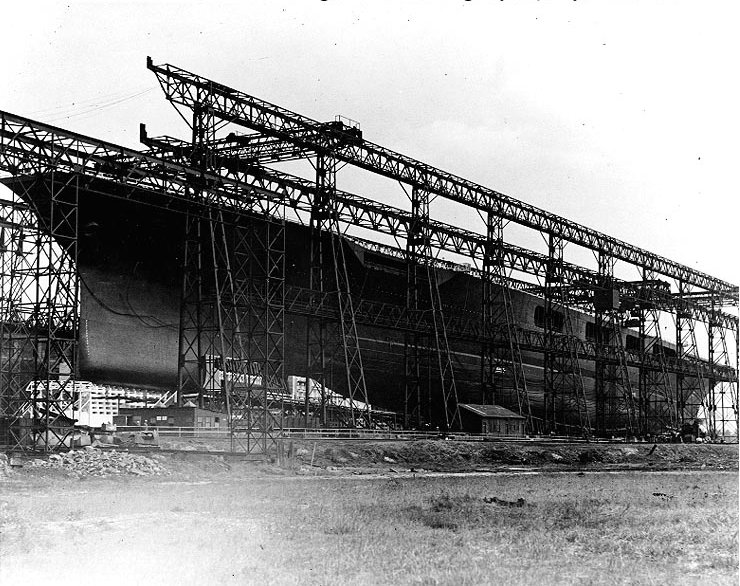
The USS Lexington‘s origin can be traced back to a 1916 order as a battlecruiser, but this plan changed following the signing of the Washington Naval Treaty in 1922. The treaty prohibited the construction of battleships of this type, prompting a decision to repurpose the design into one of the early aircraft carriers in the US Navy’s fleet. She received her commission on December 14, 1927, and earned the affectionate nickname “Lady Lex.”
Lexington‘s construction outside of wartime allowed for a versatile range of uses. The Navy used her to develop and refine carrier tactics, even conducting mock attacks on Pearl Harbor. Furthermore, the vessel served the public interest, coming to the aid of Tacoma, Washington during a drought in 1929-30 by supplementing the city’s power system.
Additionally, Lexington played a humanitarian role by delivering much-needed medical supplies and personnel in the aftermath of the 1931 earthquake in Managua, Nicaragua.
The USS Lexington‘s (CV-2) service during World War II
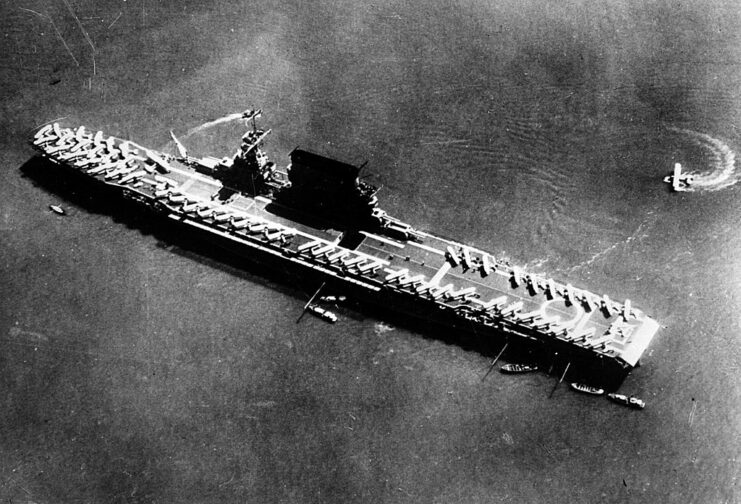
During the Japanese attack on Pearl Harbor in December 1941, the USS Lexington was en route to Midway Island, transporting fighter aircraft. Swiftly recalled to base, her first mission of World War II initially involved an attack on Japanese targets in the Marshall Islands, aimed at diverting attention from the besieged Wake Island. However, the surrender of the US forces stationed there negated the need for such action.
In early 1942, Lexington was deployed to the Coral Sea, where she spent the majority of her remaining service. Positioned to counter Japanese advancements in the region, she, along with the USS Yorktown (CV-5), engaged enemy shipping near New Guinea.
Following a refit at Pearl Harbor, Lexington returned to the Coral Sea that May. Her timely return proved crucial, coinciding with the Japanese launch of Operation Mo just days later.
Battle of the Coral Sea
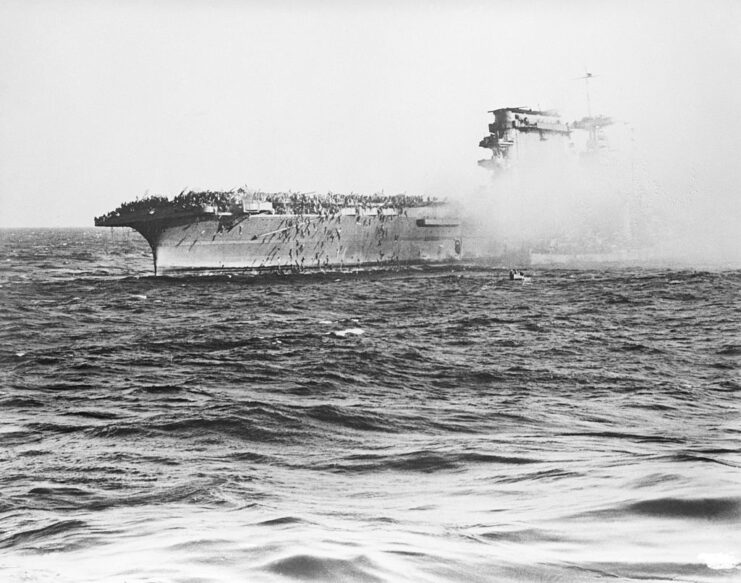
The commencement of Operation Mo signaled the onset of the Battle of the Coral Sea, where the USS Lexington, Yorktown and their carrier aircraft defended the area against attacking Japanese vessels. Intercepting their plans to seize Port Moresby, this engagement was unique in that it marked the first sea battle where the combatant ships didn’t come within range of each other. Instead, they waged the battle using their aircraft.
On May 7, 1942, Lexington‘s aerial fleet sank the Japanese light aircraft carrier Shōhō. Deploying bombs and torpedoes, they initiated the attack by setting fire to the aircraft on the vessel’s flight deck, subsequently disabling her power and steering. With the continued assault, Shōhō began to flood. With the assistance of Yorktown‘s aircraft, the carrier ultimately sank at 11:31 AM, accompanied by the famous call from Lt. Cmdr. Robert E. Dixon, “Scratch one flat top!”
A turn for the worse
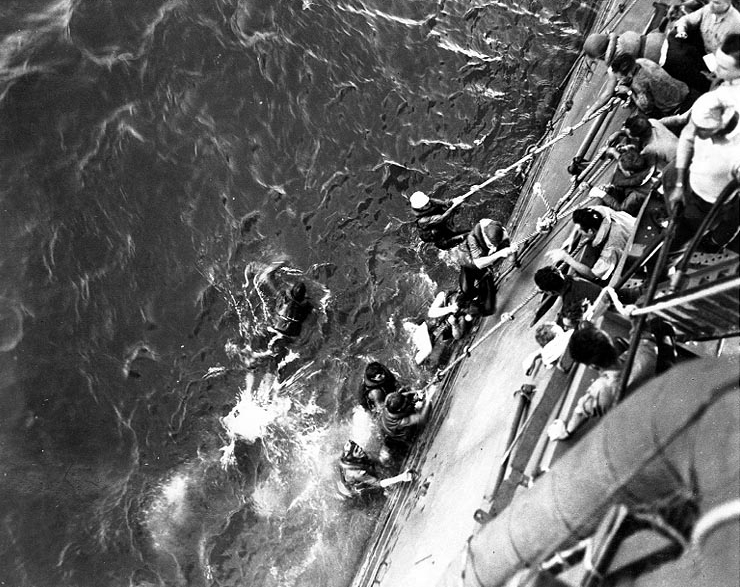
News of the USS Lexington’s success quickly reached the nearby Japanese fleet, leading Rear Admiral Chūichi “King Kong” Hara to order his aircraft to retaliate. Despite this, the counterattack had little effect, as the Americans managed to shoot down several of the approaching Japanese planes.
The engagement resumed around 9:00 AM on May 8, 1942. While the Americans generally dominated in aerial combat against Japanese bombers, Nakajima B5Ns successfully hit the Lexington with two torpedoes on her port side, causing a slow flood of the ship.
Then, a group of 19 Aichi D3As broke through and dropped three bombs, one of which ignited the port forward ammunition locker.
Wreck of the USS Lexington (CV-2)
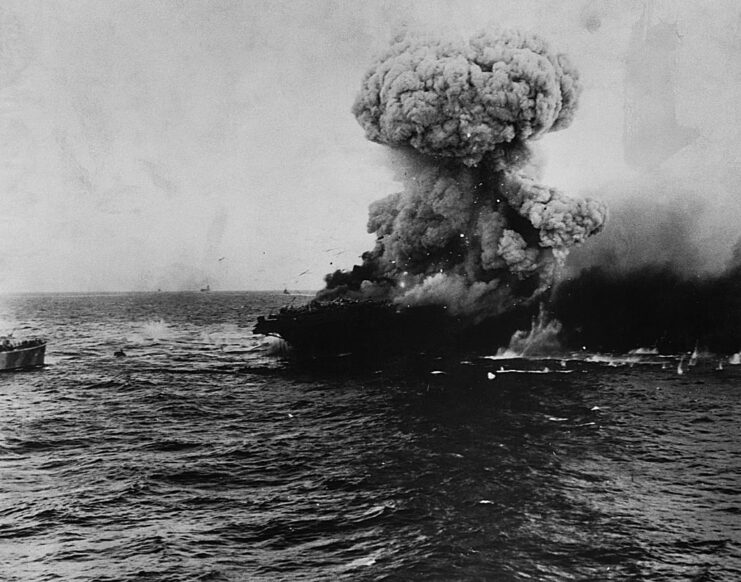
In the ensuing hours, relentless attacks persisted against the USS Lexington. Impressively, she managed to refuel a considerable number of her aircraft. However, at 2:42 PM, an explosion severed all power to the ship’s front, intensifying the fires that raged aboard the carrier. Capt. Frederick Sherman issued the order for the crew to abandon ship at 5:07 PM, ensuring everyone who could be evacuated was safely removed before he followed suit at 6:30 PM.
The difficult decision was made to scuttle Lexington, to prevent the Japanese from seizing the vessel. Tasked with this mission, the USS Phelps (DD-360) launched five torpedoes, all of which found their mark, leading to the aircraft carrier’s sinking, along with 35 of her aircraft.
The majority of the crew successfully escaped, with reports indicating that 2,735 were evacuated, while 216 tragically lost their lives. Despite the heavy toll, the resolute defensive stand made by the USS Yorktown and Lexington bore immense significance. This stance thwarted the Japanese carriers from reaching New Guinea and Australia, thus preventing their involvement in the Battle of Midway.
The wreck of the USS Lexington (CV-2) is discovered near Australia
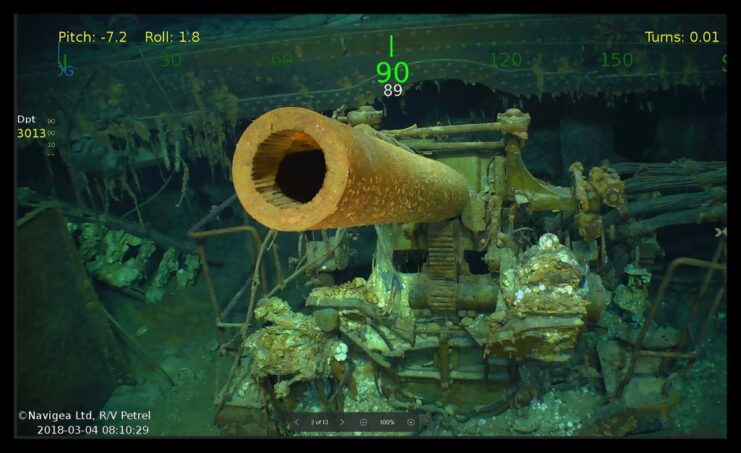
The coordinates for the intentional scuttling of the USS Lexington (CV-2) were documented, but it wasn’t until March 4, 2018, that her final resting place was discovered following an exhaustive six-month search.
Paul Allen, co-founder of Microsoft, assembled a research team that set out aboard the research vessel Petrel to locate the wreck. Their efforts proved successful over 800 km off the coast of Queensland, Australia, where Lexington lay at a depth of 3,000 m.
Are you a fan of all things ships and submarines? If so, subscribe to our Daily Warships newsletter!
Using a remotely-operated underwater vehicle (ROV), the team confirmed the ship’s identity, transmitting video feedback to Petrel. The ROV precisely located the nameplate on the stern of the wreck, revealing that Lexington had broken into multiple pieces clustered nearby. Moreover, the crew identified 11 aircraft: three Douglas SBD Dauntless, seven TBD Devastators and a single Grumman F4F Wildcat.
